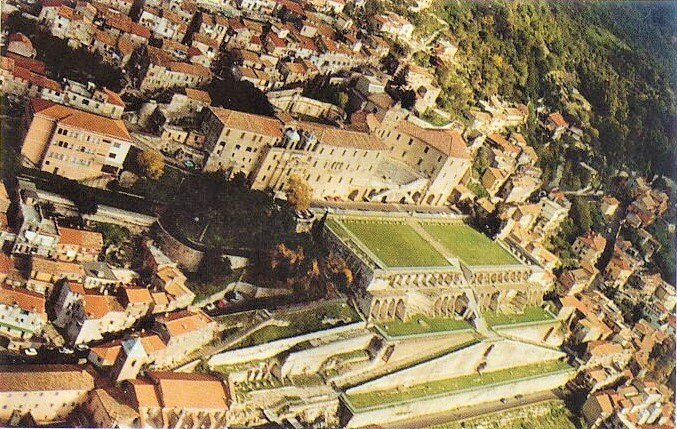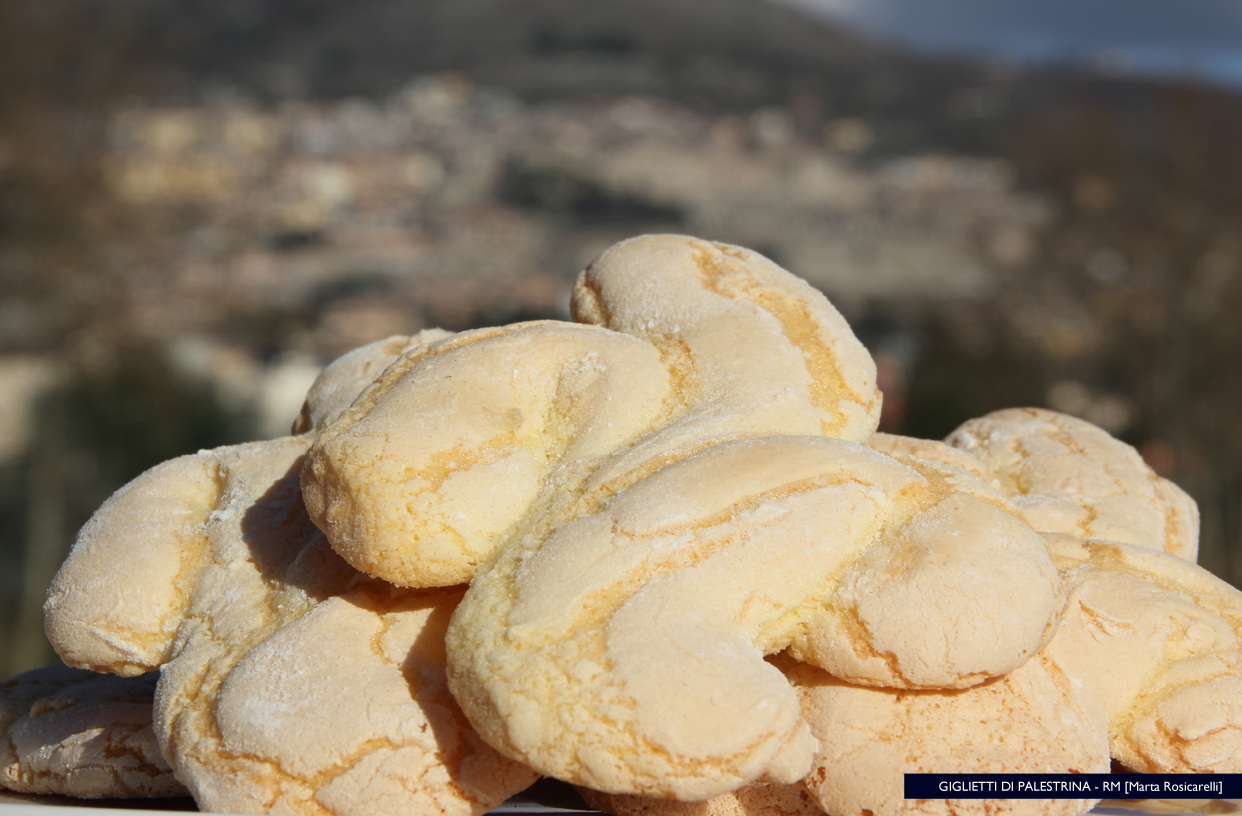The small town of Palestrina, overlooking the slopes of Mount Ginestro, a peak in the Prenestini Mountains, has dominated the countryside south of Rome for nearly three thousand years.
Narrow streets and stairways climb up to the highest part of the village, which rises on the ancient Praeneste. In the historic centre, Palazzo Colonna Barberini, built on the summit of the Santuario della Fortuna Primigenia, stands out. The Renaissance palace houses the Museo Nazionale Archeologico di Palestrina, which preserves various testimonies of the town’s glorious past.

The Museo Nazionale Archeologico di Palestrina and the Santuario della Dea Fortuna
Around the medieval village, stand the remains of the imposing Santuario della Fortuna Primigenia, dedicated to the Goddess Fortuna, the greatest late-Republican complex of ancient Italy. The Sanctuary was one of the most important temples, visited by the Romans in search of omens and predictions. It is considered among the finest examples of Roman Hellenism architecture in Italy.
Generations of local artisans still carry on the traditional workmanship of copper, ceramics, and wrought iron, creating manufacts linked to the artistic history of the village.

The Giglietti di Palestrina
Among the local specialities are the Sagna, a poor pasta dish, handmade with flour and water, and the Giglietti di Palestrina, dry, fragrant lily-shaped biscuits, celebrated with a Festival in August. Another unmissable event is the Strawberry Festival, held in the hamlet of Carchitti in May.
Another unmissable event is the Strawberry Festival, held in the hamlet of Carchitti in May.
On August 18, St. Agapitus, the patron saint of Palestrina, is celebrated with the three-day event Palio di Sant’Agapito and Giostra della Scifa. A galloping knight must throw a wooden lance through a metal circle hanging from a wooden container suspended in the air, the scifa.
